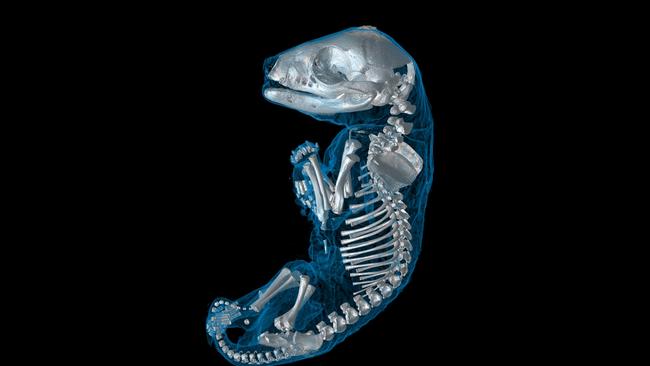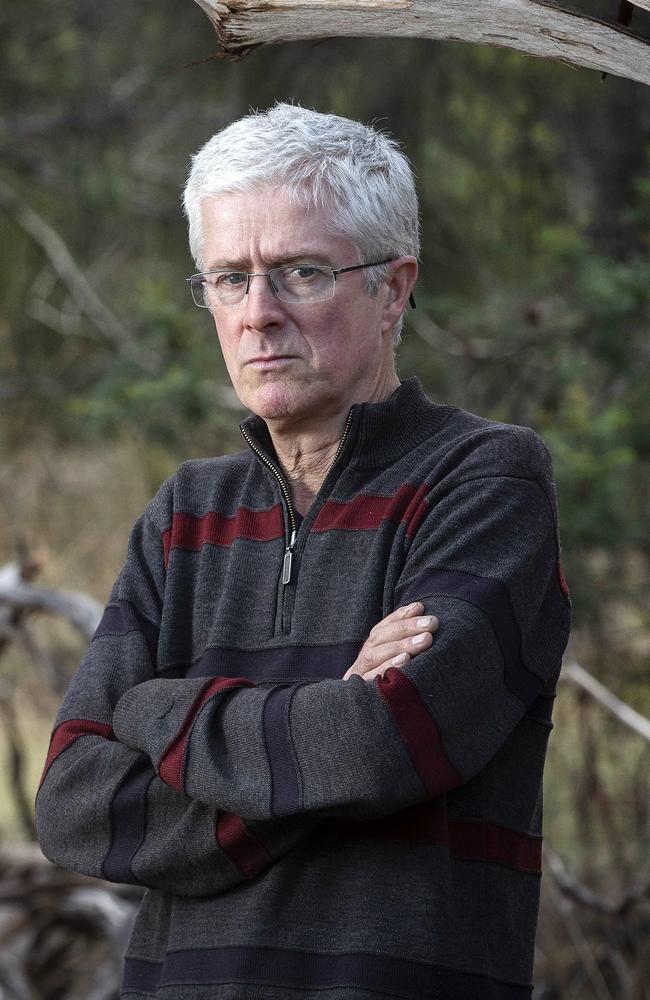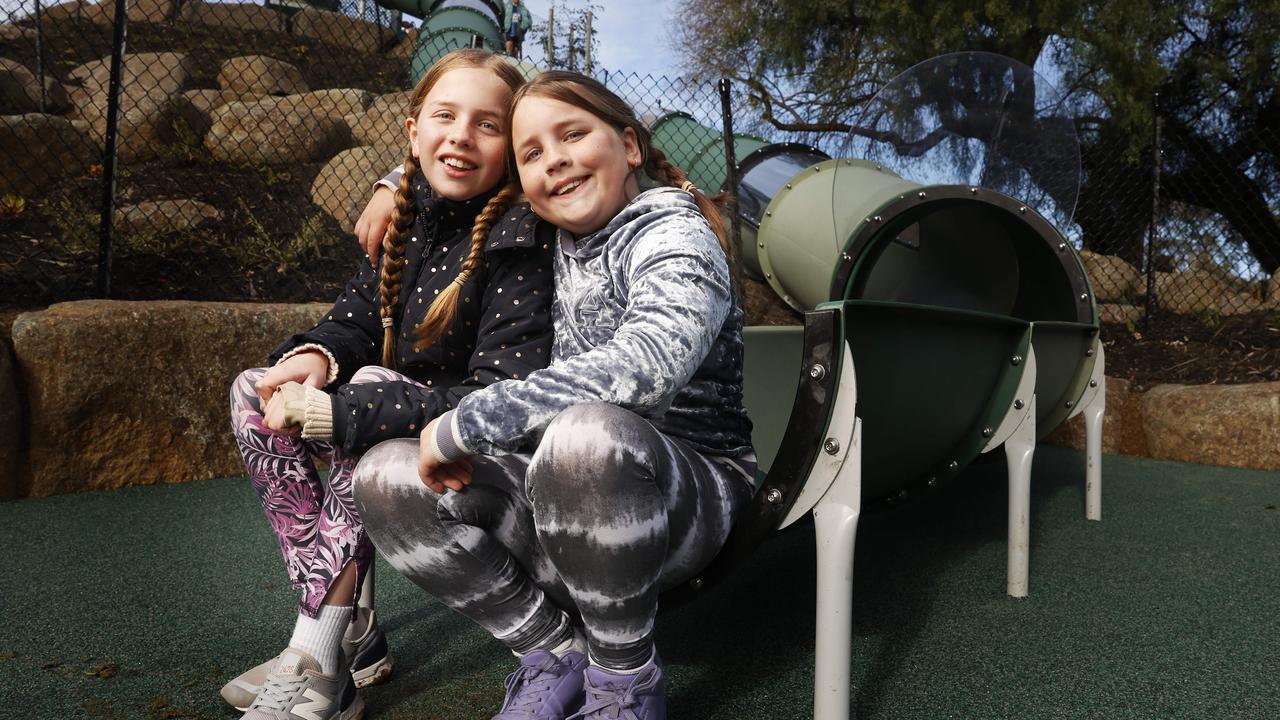Tasmanian tiger University of Melbourne: Why rebirth won’t happen
Reviving the thylacine would “send the wrong message”, says a leading Tasmanian green group, but there’s one problem above all else which means this project is unlikely to get off the ground.

Tasmania
Don't miss out on the headlines from Tasmania. Followed categories will be added to My News.
Bringing the thylacine back from oblivion would “send the wrong message”, a leading Tasmanian conservation group says, after a new $5m laboratory at the University of Melbourne sets out to do just that.
The creation of the TIGRR (Thylacine Integrated Genetic Restoration Research) Lab, revealed on Wednesday, is being funded by a massive donation from the Wilson Family Trust.
Announcing the news, Professor Andrew Pask, from the university’s School of BioSciences, said the ‘de-extinction’ process is “not science fiction”.
“This is stuff we have the ability to do now,” he said.

The process would involve using stem cells to make an embryo which is then transferred into a uterus of a surrogate animal such as a Tasmanian devil or a dunnart, a mouse-sized marsupial.
However, the project has been rubbished by the Tasmanian Conservation Trust’s Peter McGlone, who said it would be a “waste of time” because the surviving thylacine DNA we have is incomplete.

“There would have to be DNA of other species like Tasmanian devils combined with thylacine DNA which means you would have a half-thylacine,” Mr McGlone said.
“Even if it was possible, releasing any previously extinct species is highly risky because although there is habitat, the ecosystem has changed.
“For example, would we push Tasmanian devils to extinction?
“I also don't think that sheep farmers would like the idea (of thylacines roaming Tasmania).
Mr McGlone said the project also “sends the wrong message”.

“We would be better off spending these millions of dollars saving species that currently exist,” he said.
“It is always better to spend money on conserving species that have a higher chance of survival and cause less disruption to other species.”

A Tourism Tasmania representative said the organisation “understands there is a continued fascination with the story of the Tasmanian tiger from both locals and visitors to the state”.
“There are many factors to consider around the process of de-extinction and we look forward to following the progress of this project,” they said.





